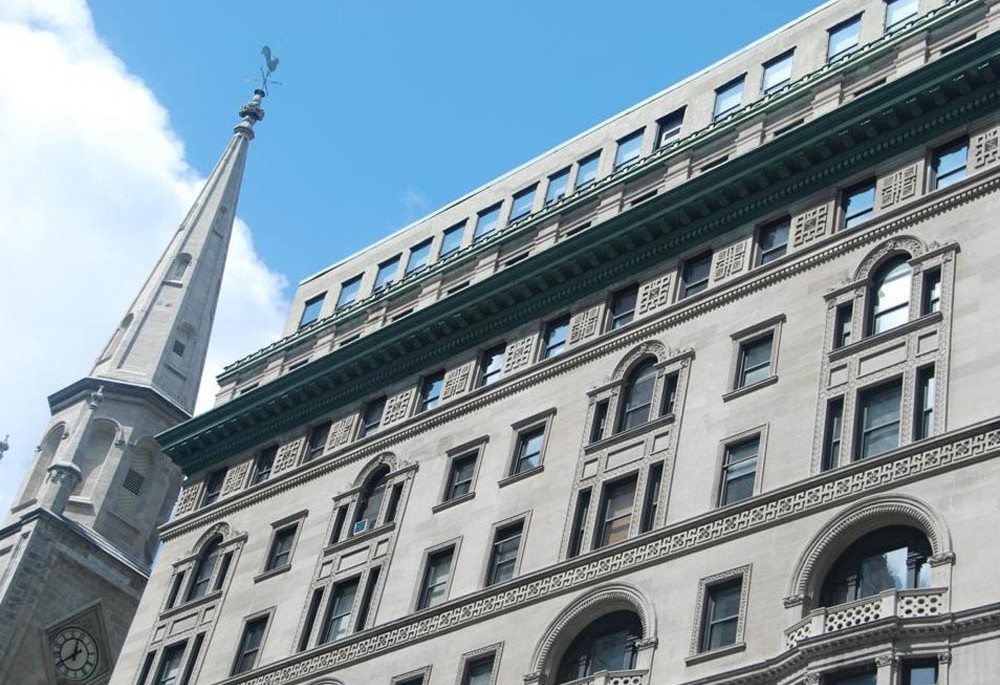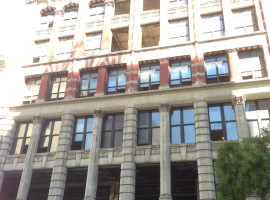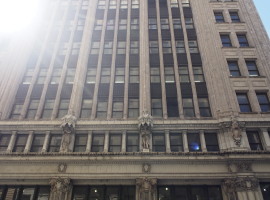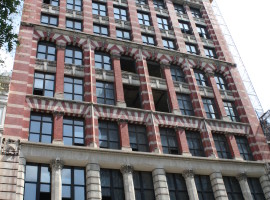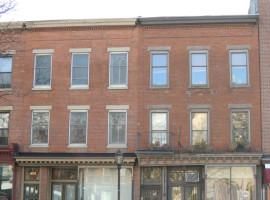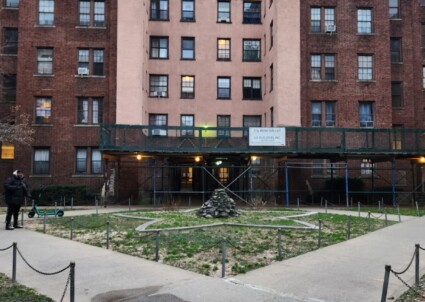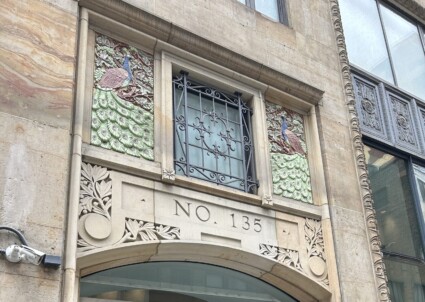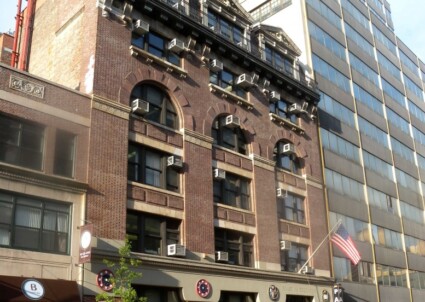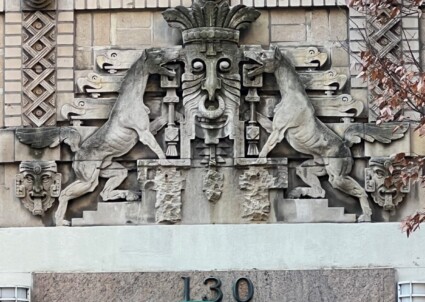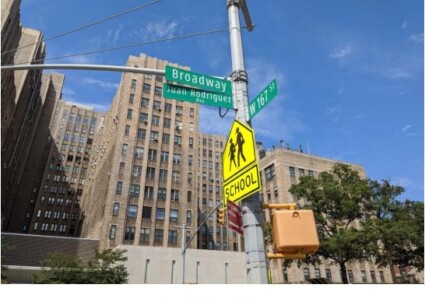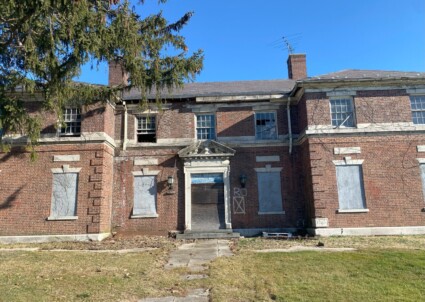Madison Square North, Manhattan
Today’s Madison Square North neighborhood reflects successive waves of development, the earliest dating to the year Madison Square Park was created—1847. Until very recently, the neighborhood comprised almost exclusively buildings that pre-date 1930. From the park’s opening through the 1920s, Madison Square North evolved from being a fashionable residential enclave to an entertainment district of hotels, clubs, restaurants and theaters, to a commercial hub of offices and mercantile loft buildings. Examples of each are still prominent today, often in startling juxtaposition. The 19th century saw a northward development trend, as new residential neighborhoods were established in response to growing commerce to the south. This pattern repeated itself numerous times up the length of Manhattan. From roughly 1850 to 1865, Madison Square North was fashionable with the city’s elite. Such boldface families as the Stokes, Livingstons, Vanderbilts, and Stewarts (of A.T. Stewart department store fame) were residents. Rowhouse construction, largely built in the popular Italianate style, began first along Broadway and spread to the side streets. Extant rowhouses from this period include two on West 24th Street and four on West 29th Street .
After the Civil War, the neighborhood became host to a number of theaters, restaurants, men’s clubs and hotels. The trailblazer in the latter category was the Fifth Avenue Hotel, completed in 1858 on the northwest corner of 23rd Street and Fifth Avenue. The hotel was a social, cultural and political hub until its closure in 1908, at which point it was replaced by the commercial structure at 200 Fifth Avenue. Many hotels also functioned as “bachelor flats” or “apartment hotels” for extended stays. One of the city’s first apartment houses, constructed in 1872 after designs by the noted New York architect George B. Post, still stands at 251 Fifth Avenue. The prevalence of entertainment and commercial ventures on Broadway made it a bustling night-life district. Thus, beginning in the 1890s, Broadway from about 13th to 45th Street became one of the first thoroughfares to be illuminated by electric street lamps and billboards, leading to its lasting moniker “The Great White Way.”
By the 1890s and early 1900s, industries including photography, architecture, construction and banking planted roots in the area, constructing commercial high-rises designed in styles such as Gothic Revival, Beaux-Arts and Art Deco. Many of these buildings were also constructed for the wholesale garment industry to initially support the Ladies' Mile shopping district to the south, which, until they moved to Herald Square in the early 1900s, was home to the R. H. Macy & Co. and B. Altman & Co. department stores. The neighborhood’s growth was spurred on by nationwide industrial trends for ready-to-wear clothing, and later, wholesale household décor. This period of prolific development left a lasting impact, as mercantile loft buildings remain the area’s architectural hallmark.
In 2001, the Landmarks Preservation Commission designated the Madison Square North Historic District, 96 buildings from roughly 25th to 29th Streets between Sixth and Madison Avenues. Community members and preservationists are advocating for an extension to the district, to encompass roughly 374 buildings from 23rd to 34th Streets and Sixth to Park Avenues. This area includes the surviving buildings of Tin Pan Alley on West 28th Street (site #5), where the American popular music publishing industry was headquartered from roughly 1890 to 1910.
